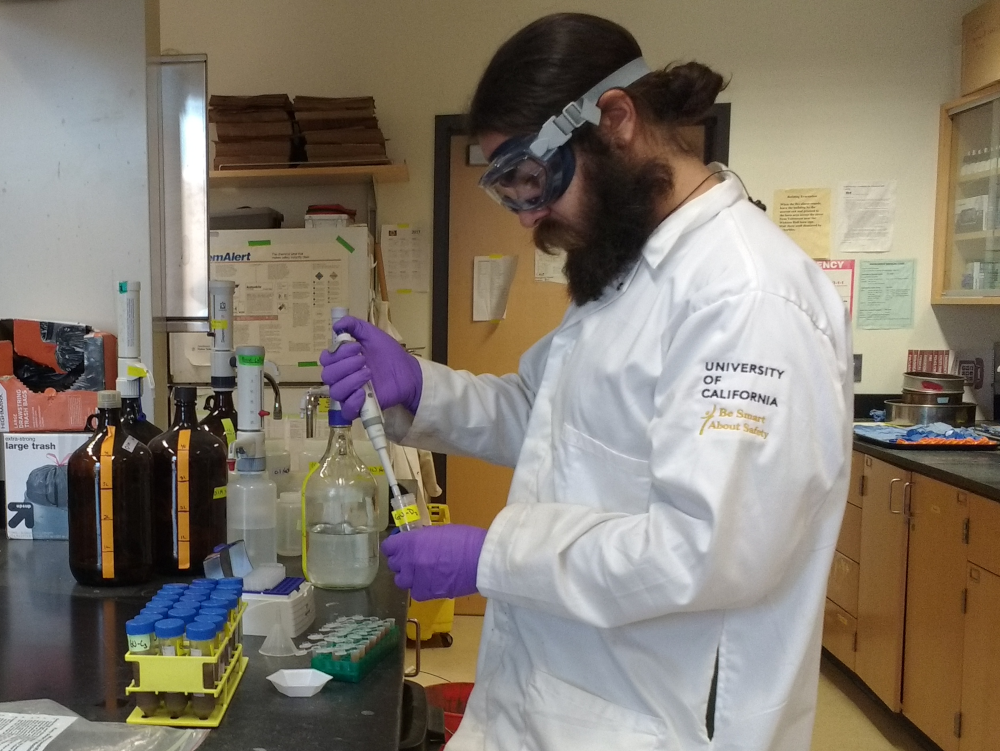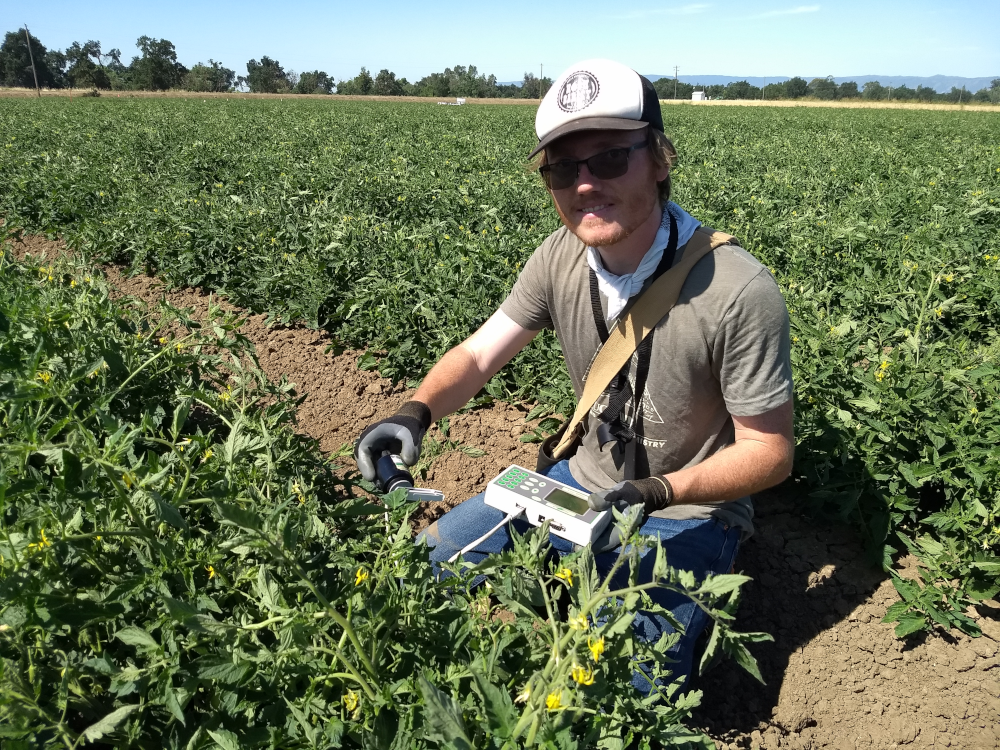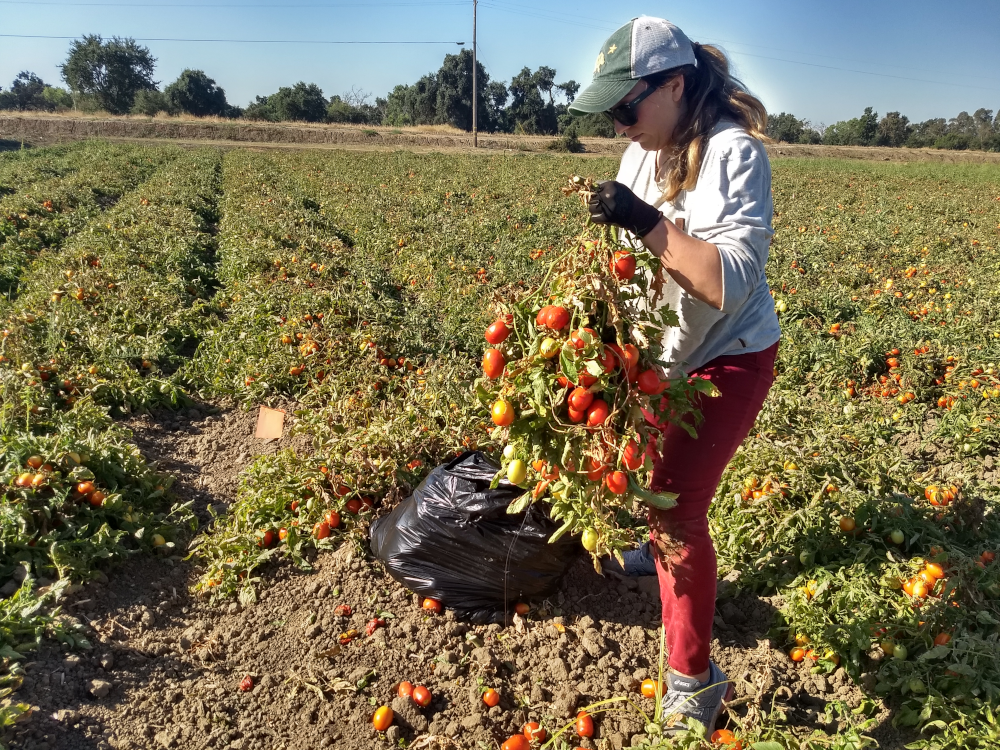Home
Outreach Material
Poster presented at the Soil Health Conference 2019
Poster presented at the California Plant and Soil Conference 2020
Publications
Article in the Soil Science Society of America Journal.
Article in the Soil Science Society of America Journal.
Article in Applied Soil Ecology.
Soil and Plant Health Assessment in Cropping Systems
Highlights
- 25 years of organic management strongly increased active and stable soil carbon and biological activity compared with conventional management
- Differences were consistent across years, crops, soil types, and sampling dates
- Physical indicators tended to be more influenced by soil texture and the moisture at sampling than by management
- Relationship between soil and plant health would be improved by including indicators related to disease
- We will validate our results in the coming year with samples from organic and conventional grower fields
The Team
Patricia Lazicki, Daniel Geisseler, Jorge Rodrigues, Maeli Melotto, Gabrielle Rossidivito.
Background
A useful indicator for monitoring soil health over time must be sensitive enough to respond quickly to management changes. However, it should not be too influenced by variations in sampling time or location, previous crop, or normal year-to-year differences in weather or operations timing. In agriculture, a meaningful set of soil health indicators should also be related to plant health.
This project is part of a large interdisciplinary experiment which explores the relationship between indicators of soil, plant, and microbial community health.
Objectives
- Determine which soil health indicators show the strongest differences between systems under long-term organic and conventional management
- Determine to what extent the management effect depends on when or where the soil is sampled
- Determine which indicators are most sensitive to non-management related factors
- Assess the relationship between soil health and crop health indicators
Our Approach
We used the Russell Ranch Century Experiment in Davis, CA. For our study we focused on plots under a corn-tomato rotation. The management of the plots has been either organic (cover crop plus compost) or conventional (synthetic fertilizer) for more than 25 years. The experimental site is large and has a considerable texture gradient.
In 2018 and 2019, we performed a complete soil health assessment prior to planting and during the tomato and corn growing seasons. This allowed us to determine how responsive the different indicators are to management and how much they are affected by soil texture, crop, sampling time, and year.
We assessed plant health indicators, including leaf nitrogen and chlorophyll fluorescence throughout the season, and yields and nitrogen in the biomass at harvest. Comparing these values to our soil health indicators will allow us to identify indicators sets that are most closely correlated with plant health.
Results
The soil health assessment provided us with important information on the spatial and temporal variability of soil health indicators in these subsurface drip irrigated systems. Some interesting preliminary results include:
Soil biology and carbon accumulation indicators showed strong management-based differences which were consistent across years, dates, crops, and soils.
Physical and chemical indicators showed management differences, but were influenced more by previous crop or soil than were the biological/ C accumulation indicators.
Year and in-season sampling date affected all indicators, but differences were normally small compared with management differences.
Plant health indicators appear to be related to soil health indicators early in the season, but later in the season became strongly influenced by disease pressure, which was not captured by our soil health assessment.



